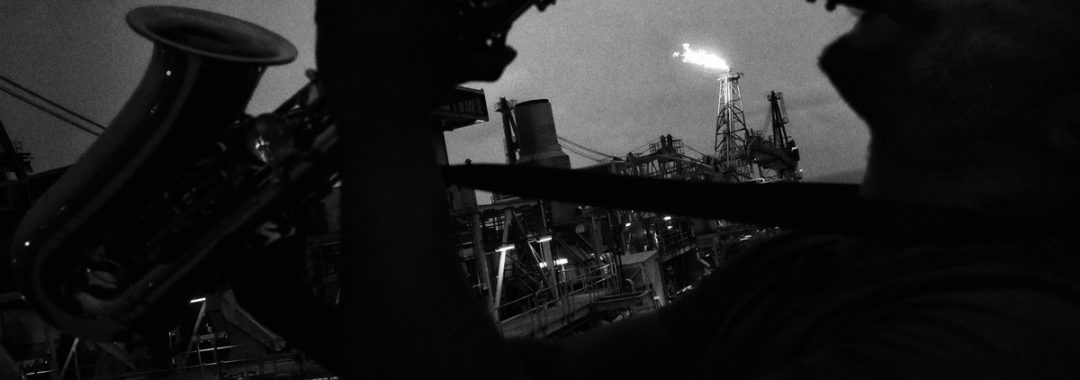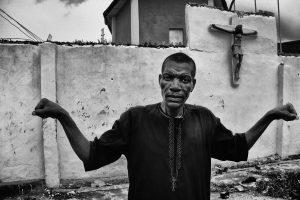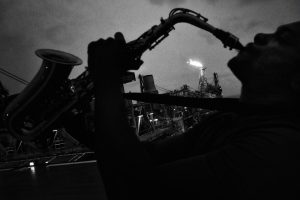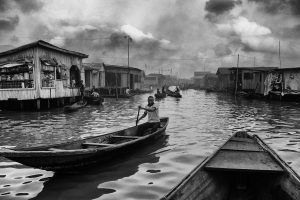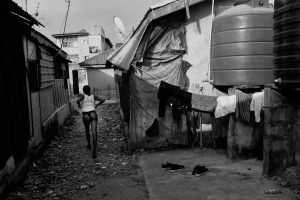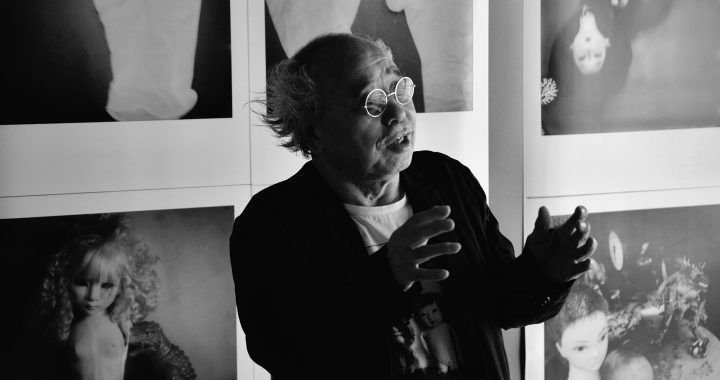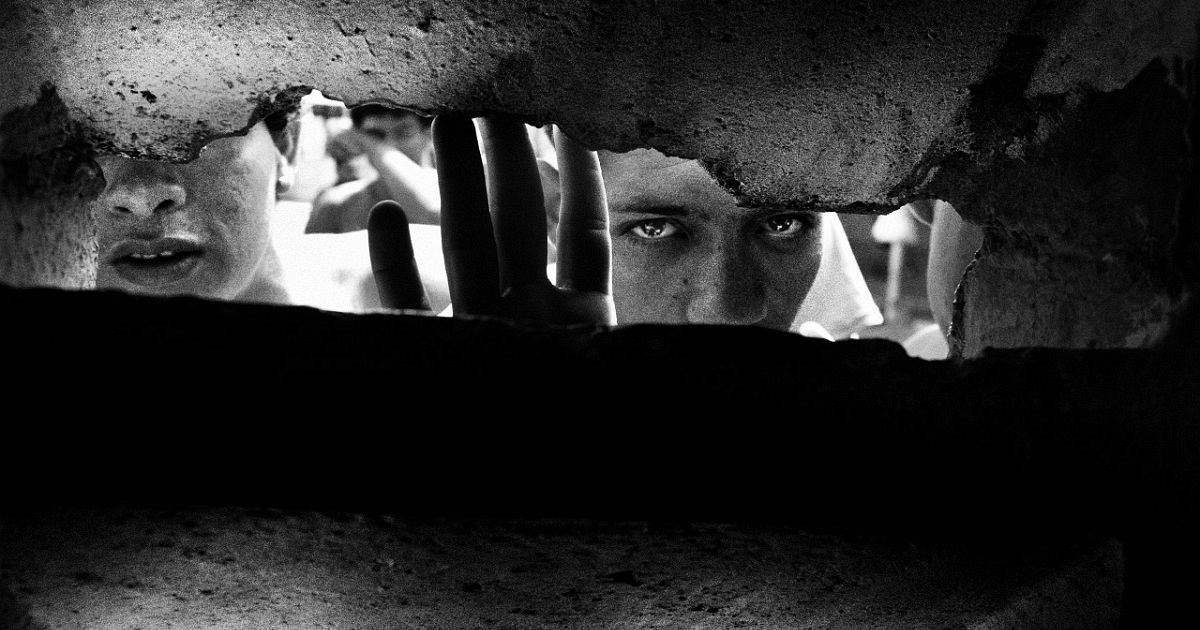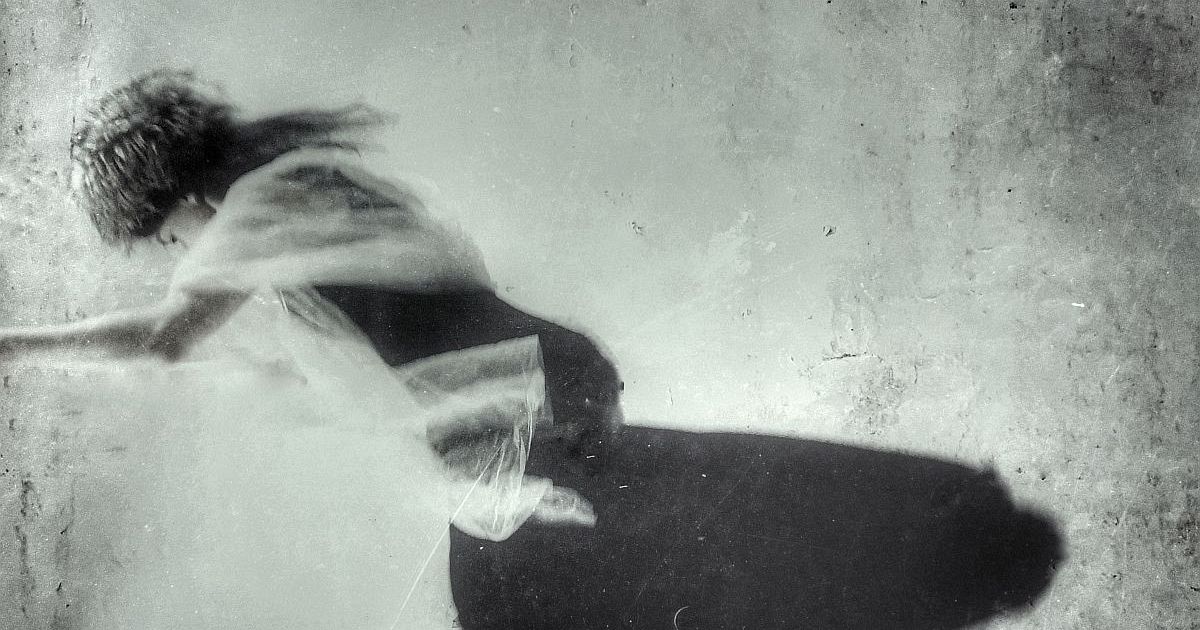Laco Maďar is a unique phenomenon on the Slovak photography scene. Laco is a silent, modest, open-hearted person. He is operating mainly abroad, gaining precious experiences and skills. On his way to quality portraying of human stories he took a long difficult path, which he however courageously enjoyed. He can currently be considered as one of the greatest talents ever in the field of the Slovak documentary photography.
If you look back to your first attempts in the field of photography. Do you enjoy recalling the period of your consideration what photography means to you?
It’s very important to begin. And even more important is to persist. Observation of the development of a subject is fascinating. I consider first attempts of photography as valuable on personal level. I used to took pictures mainly of my family, friends and acquaintances. I intend to get back to taking more photos of my close friends and relatives. My relationship with photography has its roots in my childhood. My father used to take photos, develop and enlarge them while listening to The Voice of America and the Radio Free Europe.
I never questioned whether or not photography matters to me. I have always felt my need, desire and urge to photograph. The only thing that have always mattered is how to create a “photography”, not just a picture. With my sincere interest in people I therefore prefer social documentary and portrait photography.
In Slovakia (and partly in Czech Republic) the term of “documentary photography” is being frequently misinterpreted. When did you start apprehending it correctly?
I appreciate documentary in general – in the field of cinematography, photography, books, magazines. In the past magazines used to invest more in quality photographers in order to give them more time and resources for their work. Consequently, thematically strong and visually exquisite works of art could have been created. It was common working on one topic for a magazine for half a year, not mentioning working on books and long-term personal projects. And the public was demanding! Nowadays everything is fast and requires instant results. Just like the instant soup, which everywhere tastes the same, has no nutritional value, but you can survive on it. In my opinion this result is impacted by multiple factors – money, fast paced era, and editors with lack of knowledge of photography (luckily, exceptions still exist). The public and the generation of future editors, pedagogues and photography art historians is raised on this superficiality, where mediocrity is praised. The access to information has become easier and junk is overwhelming the world. By all means, quality photography still exists, it just have to be discovered among the pile of trash. We are insuperable in massive production.
Fortunately, not everyone settle for just a picture of a person in front of a white wall, or of some non-defining therefore pointless moment. They go further, dig deeper. We have them in Slovakia and Czech Republic as well. And some of them dedicate their energy, time and their knowledge to the audience. They are in search of talents, to whom they explain, clarify, enlighten. I am blessed with knowing one of them – your colleague Matúš Zajac. I am thankful our paths have crossed.
You are a passionate collector of published documentary photography works of art. Is your dedication to your personal visual presentation motivated by photo series of other artists?
Oh yes, I adore when the photo book turns out well and manages to enhance, rejoice, delight. When it makes you think. And movies! Outstanding movies with powerful plots, excellent camera and sophisticated characters.
Is it challenging in documentary photography to be unique? Are you attempting to be genuine?
Not engaging yourself in self-delusion. Being cautious around people applauding and praising you. Keeping in yourself doubts which will push you towards making better photos. Having around someone with capacity of giving you direct, sincere, quality feedback. Learning by observing professionals. Discussing. Mastering selection and composition of an essay. Being able to choose photos and to reject them. As soon as you are content with yourself, you are done – you find yourself sitting in armchair in sweaty tank top, your belly is getting bigger and your underpants dirtier, your wife is probably cheating on you, but none of it matters. Because the worst thing is your own betrayal. Room is filled with the smell of your sweat. Occasionally you burp and that relief is the highlight of your day. The Matrix has you!
Which characteristics of a photographer do you appreciate and identify with?
Each of us grew up in different environment. We have been influenced by different people have been shaped by different experiences. Some of them have had fatal consequences, either in a good or in a bad way.
There is one issue regarding photographers or art in general. I loathe the stealing of ideas. I find acceptable to get inspired, influenced, and to admit it. But stealing from another artist is not my cup of tea, even though nowadays it is quite common.
Which world-known photographer has drawn your attention, and would you like to participate on his workshop?
A good photographer is not automatically a good pedagogue. Even walking 1000 km does not guarantee that you will capture a good picture.
I am becoming more and more aware that here in Slovakia we have a world-class photographer – your colleague Matúš Zajac. His way of photographing is incomparable with our documentary production, and his latest works of art are outstanding even in the international level. Moreover he is an excellent pedagogue. Many of his students have achieved success in Slovak or even international competitions. He is opening doors, he is not afraid of discovering new possibilities, he absolutely understands photography and he is living for it.
On the international scene there is Kratochvíl, Bazan, Peres, Richards, Kitajima, Meiselas, D’Agata, Klein, Petersen, Towel, Goldberg and much more.
It seems that your work is not praised in the photography competitions, but it is degraded by the well-known envy of our nation. Do the competitions represent any creative or other motivational purposes for you?
Well, it does, I am very competitive. In the past I used to participate in lots of competitions and many of them I won. So I don’t take it so personally anymore, but the appreciation is of course flattering. Even the sanest mind can be easily mesmerized by an award displayed on the wall and a medal around neck. Especially when among the competition judges there is someone who I admire. However I must mention the fact that I don’t focus on actuality or photojournalism. I am dedicated to long-term projects about social issues. I however participate in SPP (Slovak photo competition) and CPP (Czech photo competition) but not annually. This year for instance I missed the deadline for registration to SSP by one day, somehow I misremembered it. I captured some really good stuff, unfortunately it wasn’t possible to participate. It’s a pity for everyone.
Sometimes I tend to leave things until the last minute. But it has some positive aspects. I am not so pissed when I am defeated by some participants which I sincerely consider as amateurish. Yes, that does happen, even though I don’t get it. But even the judges sometimes wake up on the wrong side of the bed.
But on the topic. I reckon here in Slovakia the ego of the author is more important than the photography itself. They are overwhelmed with the power of their positions and statuses. Although, not everyone. But moreover they are well-known not just among photographers but also among non-professionals. They are trying to act smart, giving their speeches. They have been everywhere and seen everything.
In 2009 we founded a PHOS association. It have united some great people with huge interest in art and social document. Some of the creators, literary theorist Peter Zajac and art theorist Marián Paukov, wrote a “photography manifesto”. I would like to express my thankfulness to them, back then I just was astonished by what I witnessed. A photographic society was born. It was something extraordinary, pure, with the purpose of creation and presentation in the field of social document, filling the obvious gap. Back then, in Slovakia there was lack of photographers dedicated to the social document. Meanwhile the subjective documentary was considered as trendy, even though it was already 60-70 years old. Rumors were spread about us and some people were irritated that something new was born and were against our photography society. Some colleagues of Marán Paukov tried dissuading him from cooperating with amateurs and harming his own career. Even more after our exposition which took place in SEDF (Central European House of Photography) thanks to mister Macek. Our project HOPE (Homeless People) made with Miro Šarišský and supported by Slovenské elektrárne was exposed in G4 gallery in Cheb (Czech Republic) and inaugurated by mister Zbyněk Ilek. Just to be clear, Tóno Stano had exhibition there after us. Sadly, we were still not good enough for Slovakia, and whatever we made was followed by criticism. That is typical for Slovakia. In Czech Republic, Matúš and I received appreciation again, for our exposition in Veľryba gallery. It was inaugurated by photography art historian mister Mlčoch. Jan Mlčoch, a Czech art photography theorist and curator of photography collections of the Museum of Decorative Arts in Prague. In the perception of authors, there is a huge difference between Czech Republic and Slovakia.
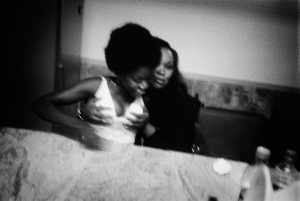
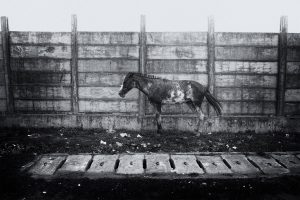
You capture human stories mostly abroad. Why you find enriching being a part of lives of people living in Nigeria, as a documentary photographer?
For our life, not only self-realization but the comprehension of our origin, experiences of ourselves and themselves, and the conditions of our birth (family, community, country) is crucial. Neither decisive nor relieving. In 2011, after two months in Port Harcourt, I was returning home. I got off the plane at the Schiphol airport and suddenly realized, how extraordinary the airport was! Anything previously indifferent suddenly turned into something fascinating, magical. After two months spent above equator, in the city which missed the opportunity of its hydrocarbon better future. How odd it is, when one period at the end of a sentence devour a whole previous one. Could a period possibly be a cannibal?
Nudity, which is decently appearing in your photography attempts, is earning disapproval, and the author (in Slovakia) is automatically criticized. What is your message behind the naked body?
I just don’t understand. I consider naked people as beautiful. Maybe they don’t like themselves. Let the people go to the gallery wherever in the world, they will find naked guys and girls hanging shamelessly on the walls. When the nude photo shoot is mastered, the result is beautiful. I like nudity. I like when clothes don’t make man.
One of your photography projects is a photo series of workers on the oil platform. Do you intend to continue, or could it hypothetically be published?
I have been working on this series since 2011. My aim is to explore the enclosed world of men almost completely isolated and self-sufficient in the middle of the sea. I imagine the colonization of abandoned areas or even planets to look like this. I am amazed by how this isolated system is functioning. The workers go there for 28 days and work with maximum effort. Every day 12 hours of hard work, then shower, food and rest in the booth with two or three coworkers. These aspects and the intensity of this work cause broad spectrum of emotional and mental conditions. Selection of photos is in progress, but still there are some situations to be captured. The topic is still alive. The book would give it the ending.
How do you manage to divide your time between a demanding job and your profession as a documentary photographer with focusing on your projects and seeking new ideas?
It is all about the energy, about your mind, about comprehension and support from people close to you.
Where can your photos be seen, apart from our magazine dofoto?
Nowhere. I cut myself off from social networks two and half years ago and I am not setting up my own website, even though I should. I will. Maybe. Hopefully. Once. Never. I don’t know. To present my work isn’t currently my priority. I settle for my own pleasure, which I experience with realization that a photo came out well. An author can tell when something worthful is born. And when I receive a feedback from people whose opinion I respect, I have no chance of becoming stagnant. I am waiting for virtual galleries being transformed into 3D. With the possibility of walking in it and admiring imperfect film-based photographies. Standing in front of a photography hanged on wall gives you an utterly different sensation from that 1200 pixel width on your screen.
Can you reveal your intentions for the future, or what is the comprehensive idea of your incoming documentary photography projects?
To finish reading Howl, and to continue capturing workers on the oil platform. To start the photo series of fishermen of Lagos, to continue the Black man, capture my relatives and I consider the idea of capturing racism in Slovakia. And to launch my website.
Translated by © Simona Krejčí.
Photo on the right by © Martin Čulík.
